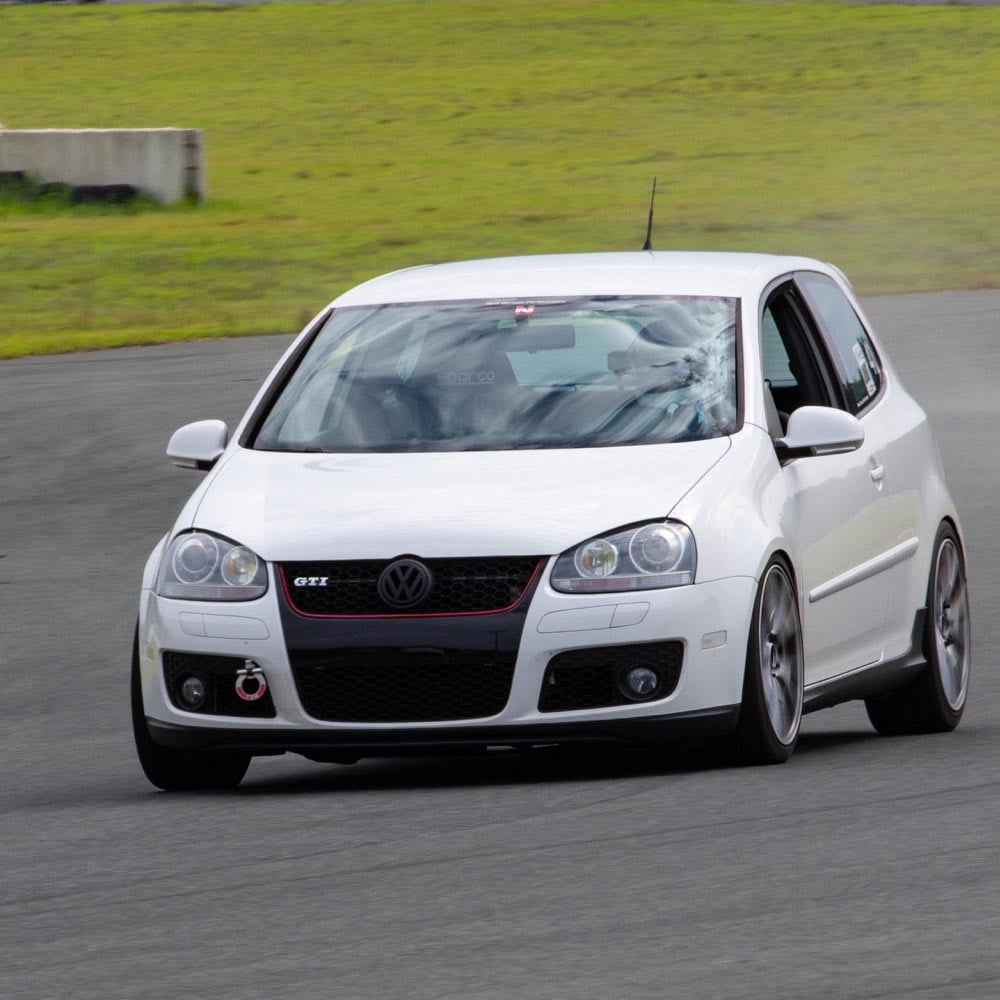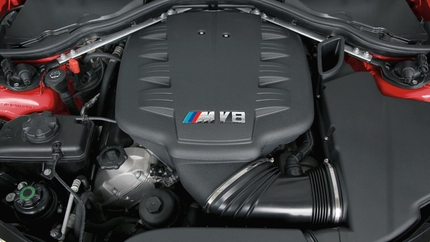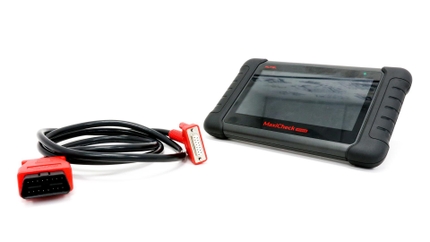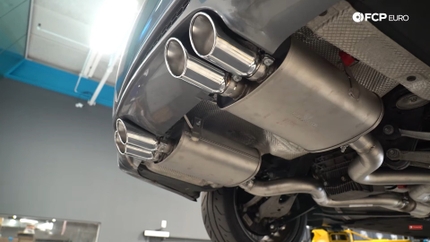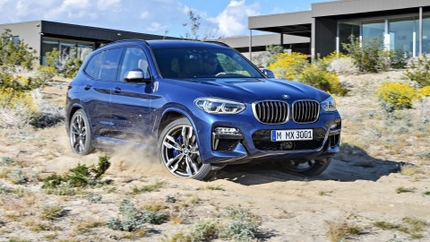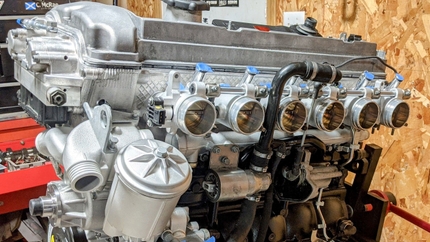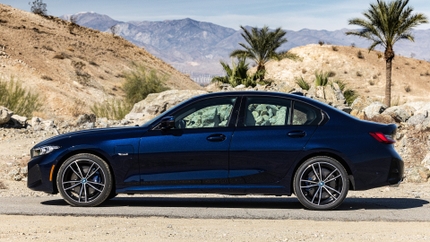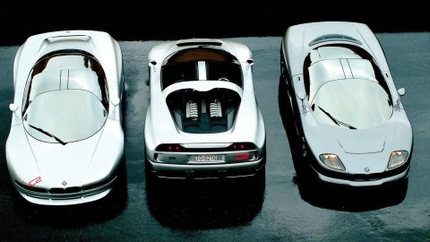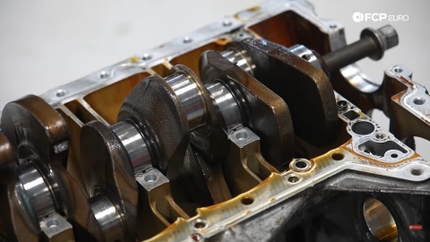- 05/26/2022
- 8 Min Read
- By: Nathan Brown
It's Complicated: 5 Difficult European Cars That We Love Anyway
Your family wants to know when you're moving on. Your friends all question your sanity. "Why are you doing this to yourself? Why?" they demand. "What are you getting out of this, aren't you tired of wasting your time and money?"
But they don't know what you know. They can't possibly understand how you feel. It doesn't matter how much time, money, blood, sweat, or tears you'll spill and spend on this relationship. This is real. You love your Audi B5 S4, and there's nothing anybody can say or do to make you move on.
Ah yes, the complicated ownership experience of some of the most beloved cars in our garages. The cars that we love, despite their quirks, demands, or downright constant need for parts, labor, and diagnostic time. There's one in every line-up, there's one in every house, and there might just be one in your driveway.
Audi S4 2.7t (B5)
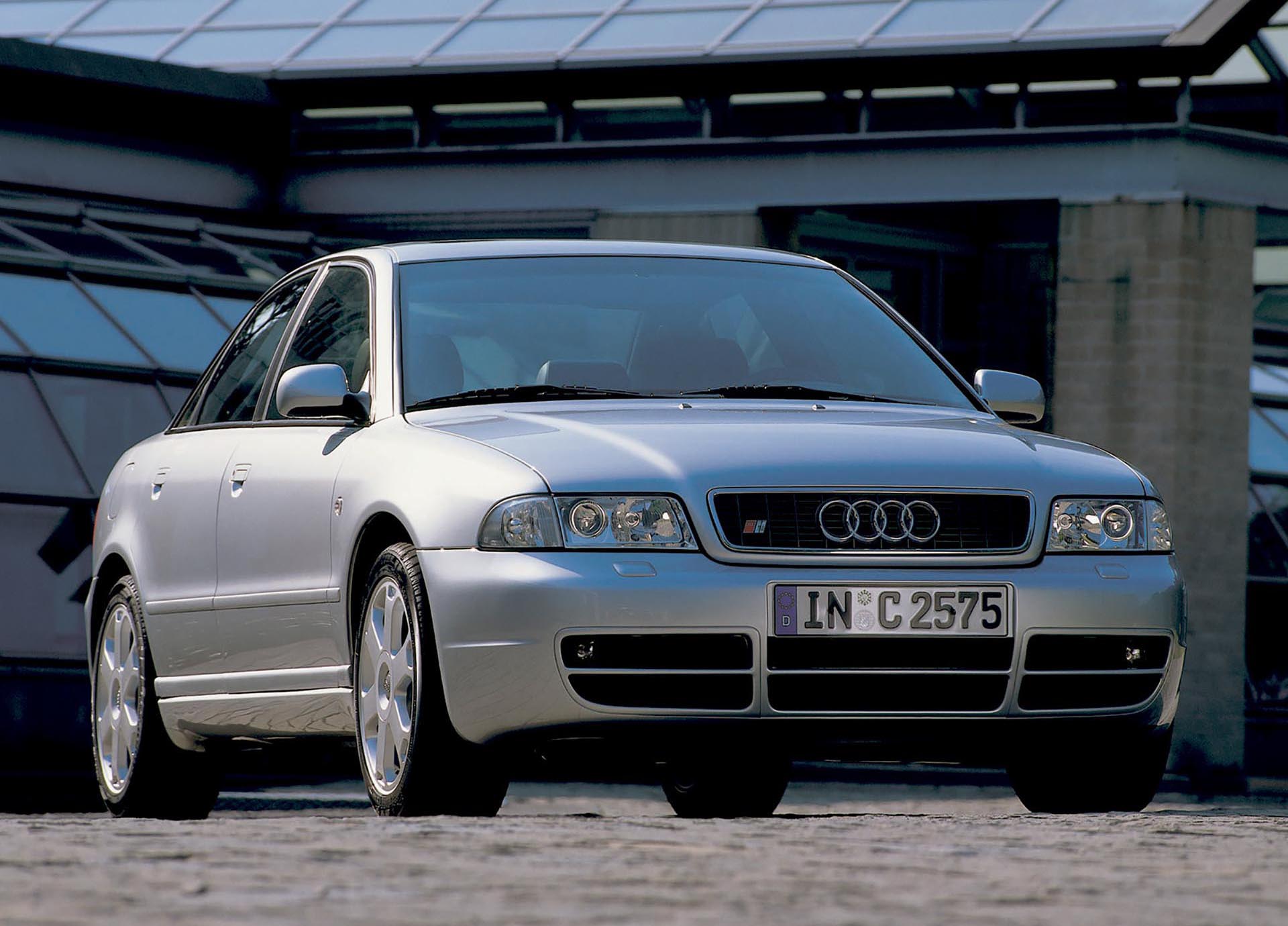
I really don't think we could kick this list off with anything other than the B5 S4. Introduced in the USA in the year 2000, this 250 horsepower, 30-valve, bi-turbo V6 Quattro sports sedan was the epitome of tunable turbo power. The S4 was a darling of the Audi enthusiast community, a champion on the racetrack, a stand-out on the street, and a frequent visitor to the dealership service department. It's not that the B5 S4 is a bad car, it's really not, it just takes a lot of love, so to speak, to keep them in tip-top shape.
It's got good bones, so while it's not unusual to see well over 200,000 miles on a B5 S4, it usually took a pile of money, good luck, and dedication to get there. Because of the tightly packed engine bay, twin-turbos, and very high under-hood temperatures, components lead a hard and unforgiving life. Common issues early on included blown turbochargers, failed EGT and oxygen sensors, torn throttle body boots, coolant leaks, and oil leaks galore. Replacing leaking valve cover gaskets, cam seals, cam caps, and cam timing chain adjusters on a semi-regular basis is just part of the charming ownership experience.
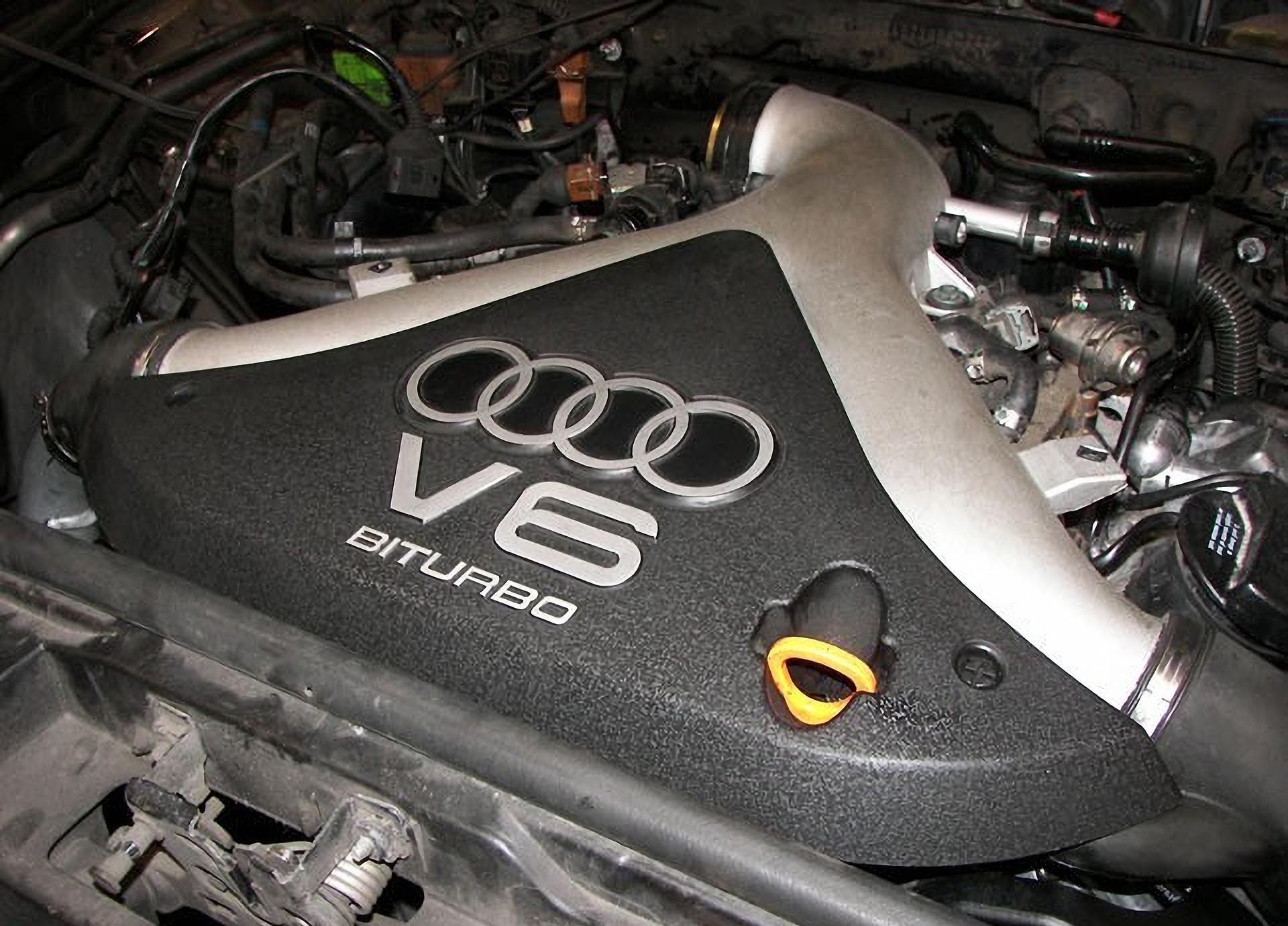
The APB 2.7t V6 shares many components with the naturally aspirated 2.8 30v, so while gaskets and seals themselves are cheap, the labor it takes to replace them can be extensive. For example, if you're unfortunate enough to need to replace the turbochargers, pulling the engine is the only way to get it done. The coolant after-run pump is a frequent enough problem for Audi to develop a kit themselves to relocate the pump from underneath the intake manifold to a more serviceable position.
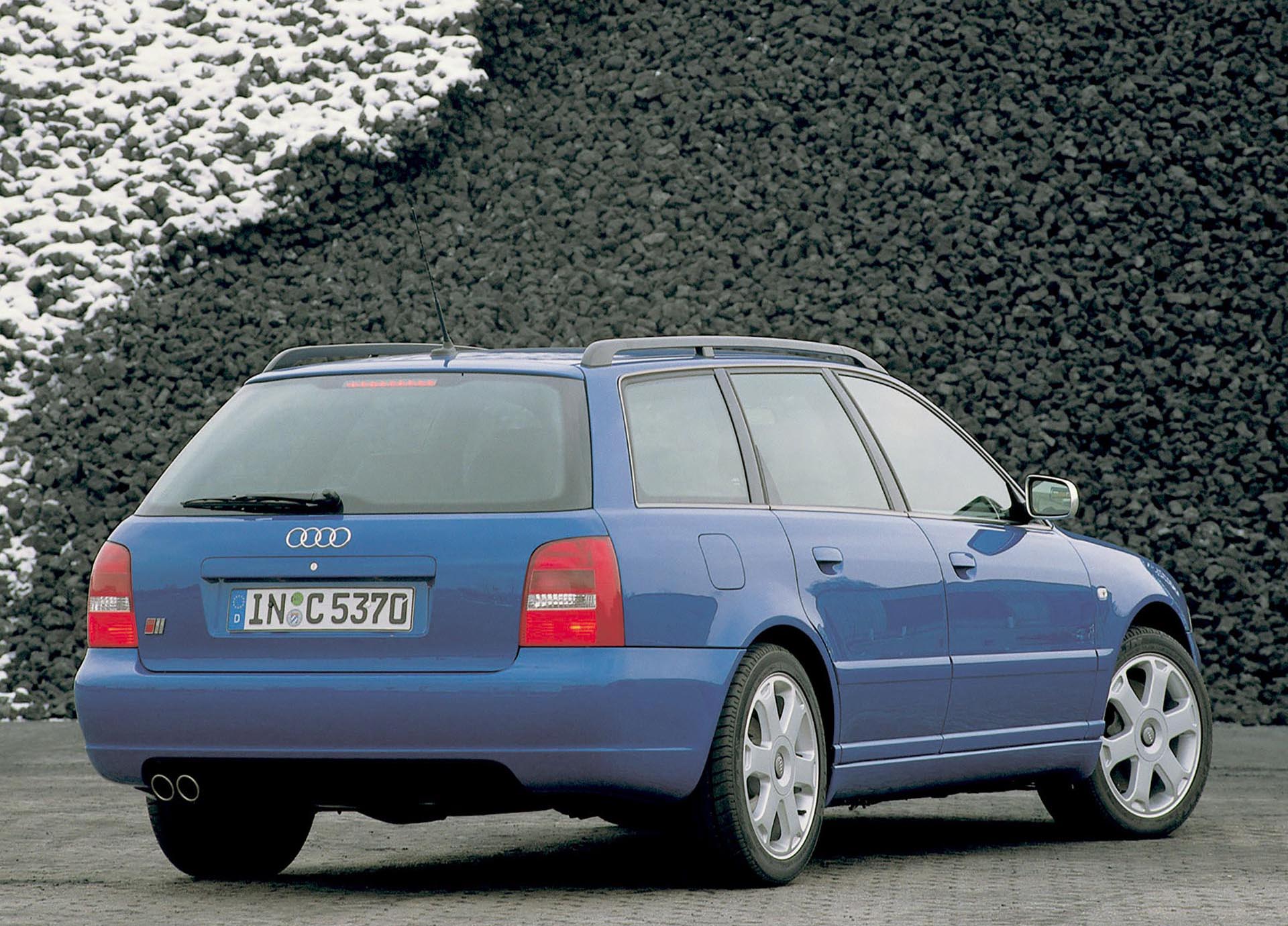
All of this said, the 2.7t is a beast of an engine. Larger K04 turbos from the European RS4 model are a direct bolt-on and offer up to 400 horsepower or more with proper tuning and fueling. Tial offers even larger bolt-on turbo solutions, the largest of which is the 770R. Bored and stroked to 3.0 L, with 2.8 heads and cams, fully forged internals, and the right combination of fueling and tuning, it's fairly easy to achieve over 600 wheel horsepower and torque on regular 93 octane pump fuel. If you've ever been fortunate enough to drive a fully developed and well-sorted B5 S4, it's easy to see why so many dedicated owners have continued their difficult but storied love affair with the model. They can be street-bike fast, with an engine-note unmatched by many exotics.
Volvo S60R (P2)
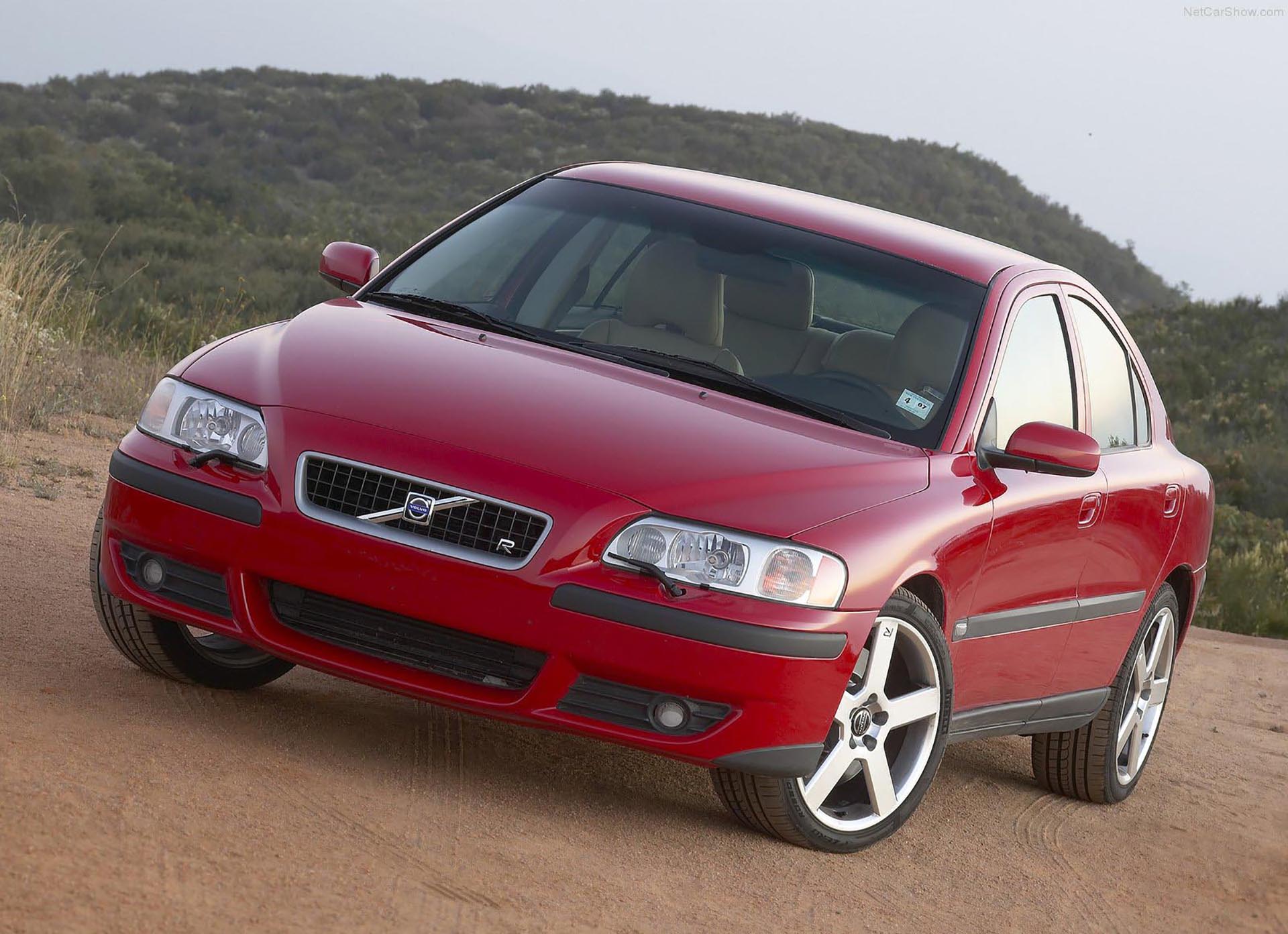
Volvo has made some amazing cars over the years. While they're known for being a safe, smart, and reliable choice, they also have a steadfast commitment to turbocharged power. Turbo Volvos appeal to the practically impractical person hidden inside of each of us, half sensible and half nutty. From the boxy rear-wheel-drive 240, 740, 760, and 940, to the awesome 850 T-5R introduced in the 90s, turbocharged Volvo performance was a force to be reckoned with. Needless to say, the S60R looked to continue this tradition in the early 2000s. With 300-horsepower from the turbocharged inline 5-cylinder engine, Haldex all-wheel-drive, and an active suspension developed by Ohlins, on paper, it was a Swedish super sedan. Once it rolled off the showroom floor, it proved to have some issues.
Much of what plagues the S60R can be attributed to either cost-cutting or perhaps lazy development on the part of Volvo. Whichever it was, the result is the same, which is that few of the systems on the S60R were uprated to deal with the increased horsepower being produced by the engine. First up is the Haldex all-wheel-drive system. Adopted from other Volvo models, which make substantially less power than the R, the Haldex system has common problems with stripped angle gears, collar sleeves, bad DEM modules, and other failures. Bear in mind that's nothing to do with maintenance—you can service your Haldex all you want, but it will still fail due to the power output of the 2.5 turbo.
Similarly, the automatic transmission was not reinforced to deal with more power. Volvo attempted to bandaid this by torque-limiting (aka lowering boost pressures) in first and second gear. This wasn't enough as customers still experienced failures, which are even more common when tuners unlocked the ECUs and removed any torque-limiting functions. Then, of course, there's the engine. The Volvo "Whiteblock" 5-cylinder engine started life as a 2.3 liter. Volvo then decided to bore it out to a 2.4 liter, and then they decided to bore it out to a 2.5 liter. Keep in mind this displacement change is all in the bore, no stroke change. That leaves the 2.5-liter blocks with very thin cylinder liners—so thin in fact that they crack. This problem is only exacerbated in the S60R thanks to the increased power output.
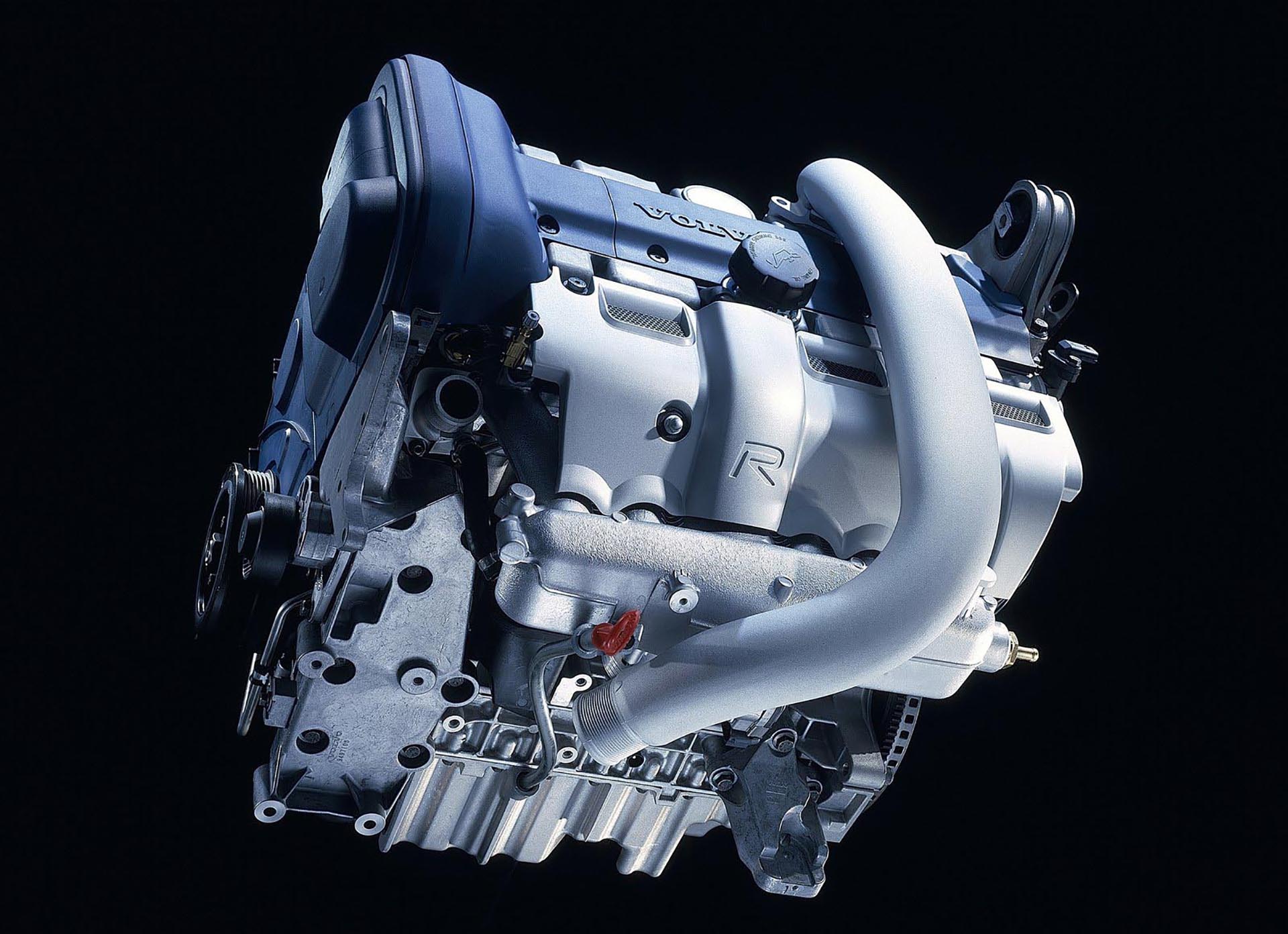
Lastly, there is the '4C' (Continuously Controlled Chassis Concept) active suspension developed by Ohlins. The keyword here is "developed" because Volvo then went to Monroe to build the shocks. Unfortunately, they do fail often and are expensive to replace when it happens.
Thankfully a range of solutions do exist for the majority of the issues that the S60R owner has to deal with. The block can be shimmed to reinforce the weak cylinder liners, a front limited-slip differential can help limit the stress going to the Haldex unit, as does avoiding hard launches. The 4C suspension can be replaced with coilover suspension, with resistors taking care of any resulting codes. As any S60R owner will tell you, a well-sorted S60R is an awesome car to drive, making the headaches and problems well worth it.
Porsche 911 (996 M96)
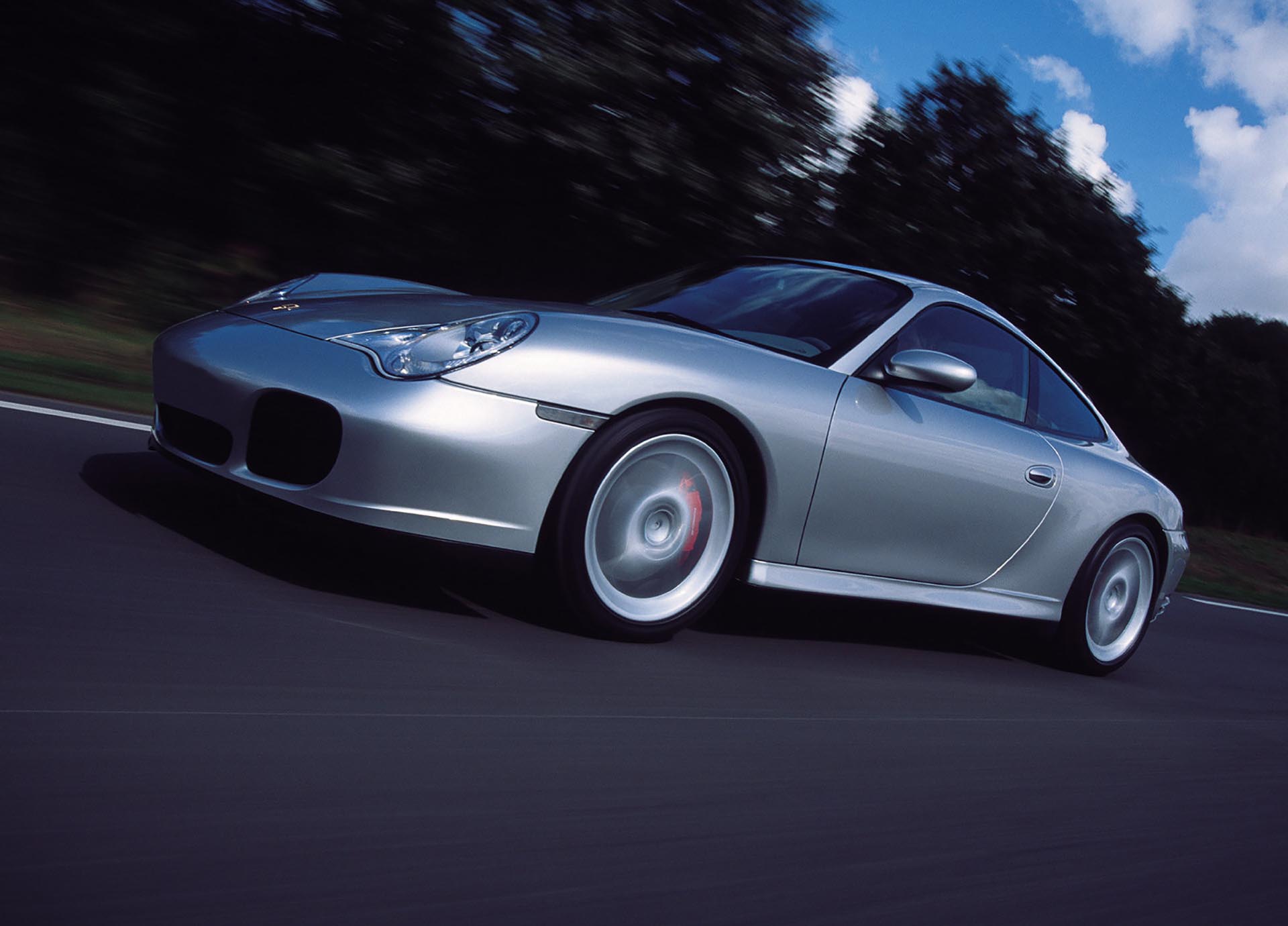
Calling out the Porsche 996 911 for engine flaws is like the adage about beating a dead horse; it's not going anywhere, and you're just going to tire yourself out. That said, the 996 has rightfully earned its stripes as a bit of a maintenance nightmare for some owners, all thanks to the great enemy of quality everywhere: cost-cutting. At the time, Porsche was looking to significantly increase profitability, or else go out of business. So they did whatever they could to make a significant profit on every car they sold.
The Porsche 996 has many common basic failures, including door lock control modules, water pumps, window regulators, and various switches and electronic modules. Those problems range from annoying to potentially significant, but the real issue was the engine—the M96 flat-six.
The M96 was a major departure from every other flat-six to date. To save money on the design, Porsche utilized the same cylinder head on both the left and right sides. This means that the cam timing chains are at opposite ends of the engine, one to the front and one to the rear. The solution is a relatively complex timing chain system, with an intermediate shaft that runs right through the middle of the oil sump. However, the problem is that the bearing supporting the forward end of the shaft is a regular old sealed bearing, like a skateboard bearing, and not a forced-oiled design, like virtually all normal engine bearings. The bearing would either fail outright, or oil would wash out the bearing's grease, and then the bearing would fail due to lack of lubrication. Porsche went through multiple variations with mixed results, before retiring the design in the late 00s.
Aside from the IMS bearing problem, poor quality control in the production of a poorly designed engine resulted in several other issues for early M96s. These include slipped cylinder sleeves, cracked cylinder sleeves, porous engine cases (as in fluid can leak through the solid castings), rear main seal and other oil leaks, weak rod bolts, and timing chain guides and tensioners that were also prone to failure. All of these added up to some serious nightmares for Porsche and the owners of 996 911s and 986 Boxsters. Porsche replaced so many of these engines under warranty that replacements came complete with every accessory and component attached, ready to install. All the technician had to do was connect the transmission, wiring harness, fill it with fluids, and go.
It's worth noting that the most failure-prone examples were replaced long ago, and cars that are driven properly and regularly are generally less prone to the most common of all these issues, IMS bearing failure. There are many theories, but the generally accepted idea is that once the grease in the IMS bearing has been displaced by the engine oil, driving the car more aggressively and at higher RPM results in a constant "refreshing" of the oil. That then handles the lubrication, keeping it from failing, or at least failing so quickly.
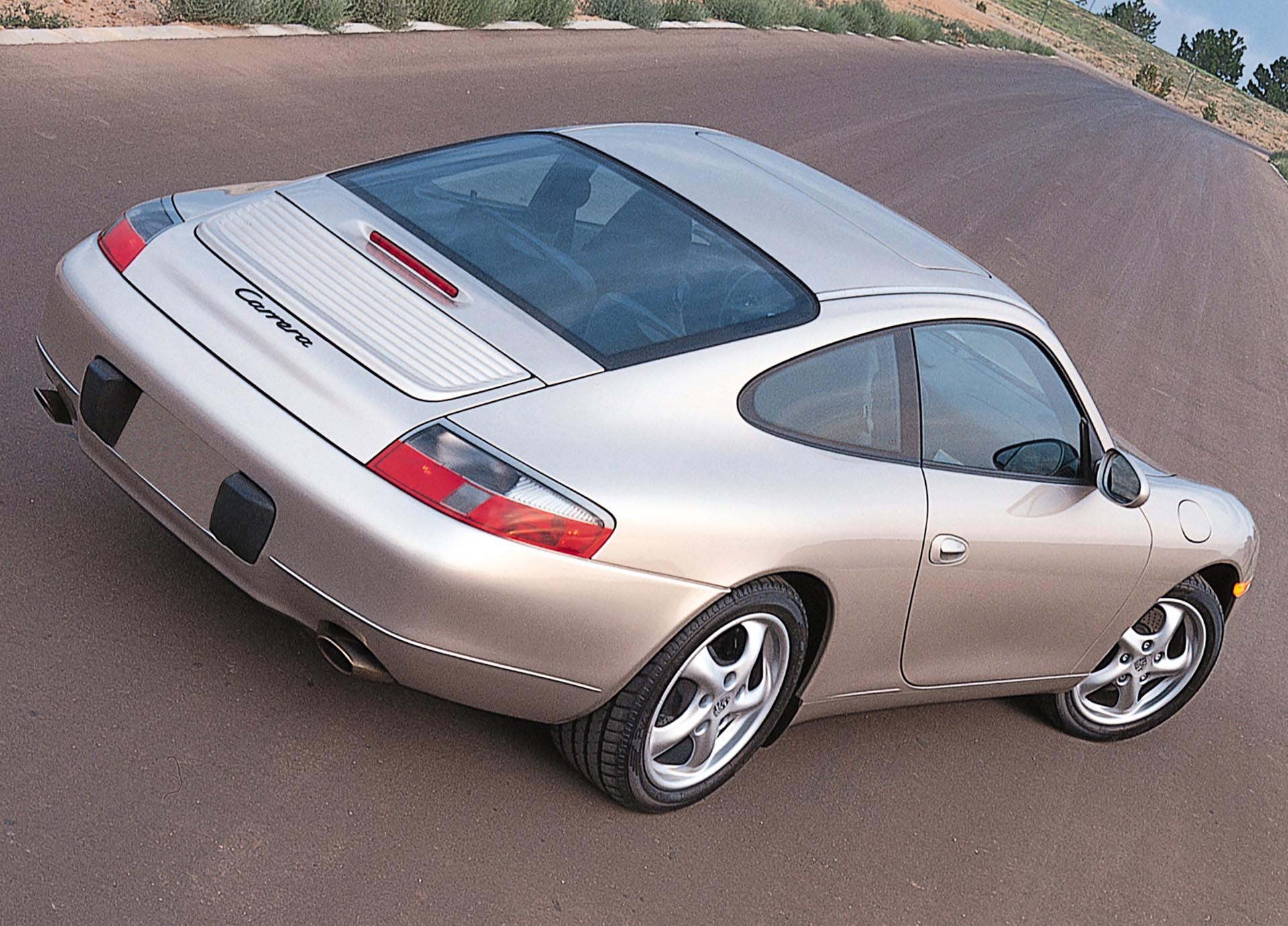
Despite all these problems, the 996 911 is still an excellent drive, and it's still a proper Porsche. The aftermarket has come up with several ingenious and effective solutions to address the many flaws of the M96. LN Engineering was the first to introduce an IMS bearing update kit, which can be installed with the transmission removed from the car, but the engine still in place.
Since so many Porsche 996 911s were sold, the aftermarket has continued to produce solutions, including fully remanufactured racing engines with all of the key M96 flaws eliminated. Sleeves eliminate D-chunking or slipped cylinders, revised oil sumps solve starvation issues, and regular replacement of service items like water pumps, air/oil separators, and spark plugs and ignition coils go a long way to making the M96 far better than it once was. The result is that the 996 911 can finally have the reliable power that the chassis so rightly deserves. A 996 911 can be a blast to drive, whether on a highway cruise, mountain roads, or on the racetrack, so it's easy to see why dedicated owners refuse to move on.
Mercedes-Benz C63 AMG (W204)

The C63 AMG was the carrier of many firsts for Mercedes-Benz. Past AMG models in the compact sedan market were often unable to compete head-to-head with their rivals down the road in Munich, and the C63 was going to change all that. It had a lower and wider suspension with revised geometry and roll-centers, optimized weight balance thanks to the engine sitting a full two inches rearward compared to the standard model, quicker, more responsive steering, and more aggressive styling. The 7-speed automatic had a manual mode that allowed real manual operation via the steering-wheel-mounted paddle shifters. It was the first modern AMG car to feature fully-defeatable traction control and stability management, which itself was motorsport-derived and extremely good at what it was meant to do. From top to bottom, the C63 meant business, and nowhere was this more apparent than in the heart of the beast, the 6.2 L V8 M156 engine.
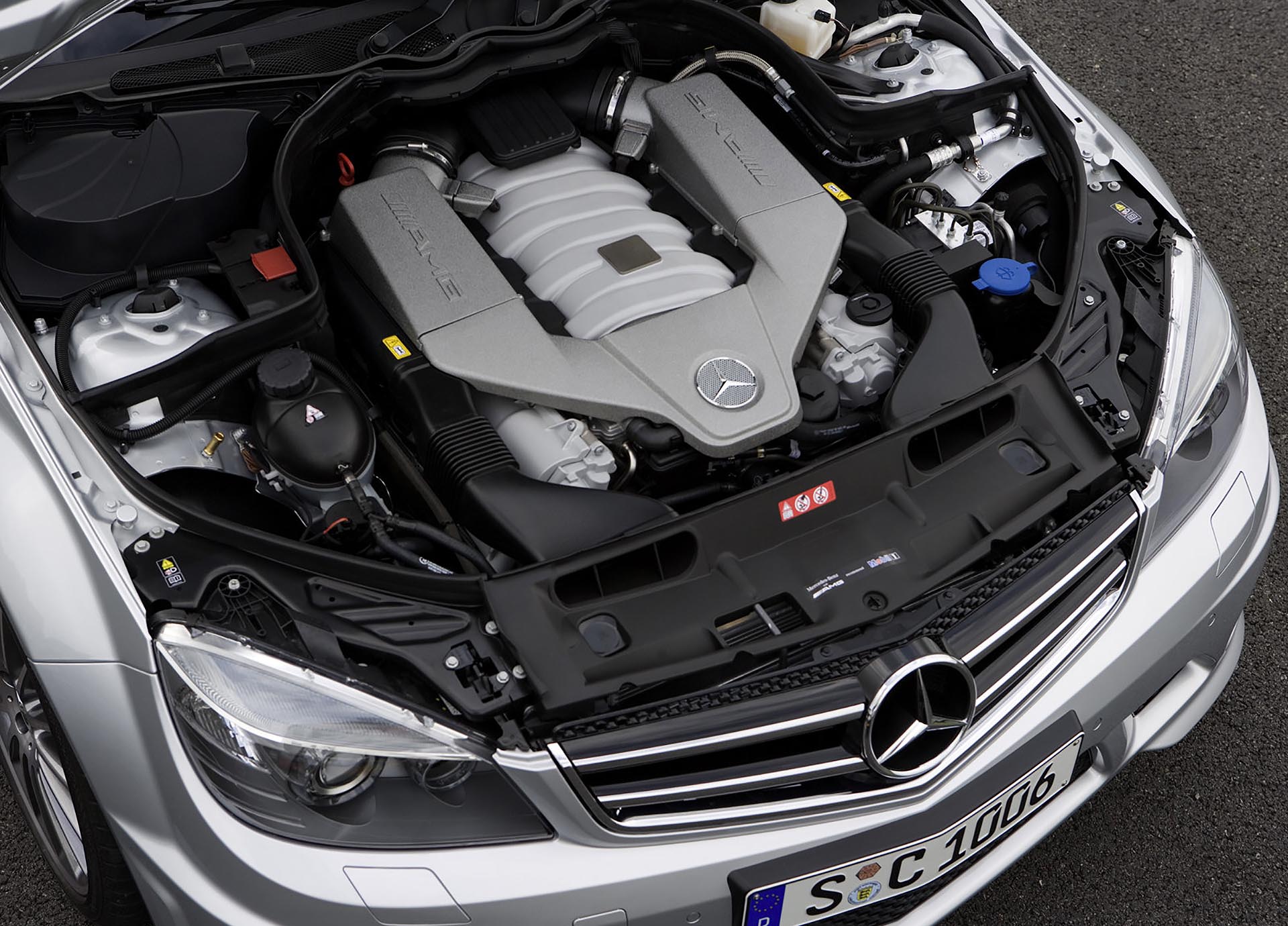
The M156 was the very first clean-sheet engine design for AMG. Removed from the constraints of production-based Mercedes-Benz parts, AMG set out to design what is essentially a racing engine for the road. The under-square naturally aspirated V8 features a 102.2mm bore and 94.6mm stroke, and output is a very well-balanced 451 horsepower and 443 lb-ft of torque. This rev-happy engine makes peak power at 6800rpm and is the basis for the current M159 racing unit that powers the amazing Mercedes AMG GT3 beasts. Unfortunately for owners of earlier production models, there were a few issues that slipped through the cracks.
First, the head bolts were, as is typical in most European engines, torque-to-yield bolts (aka stretch bolts). The problem is that a small gap would develop between the head of the bolt and the head itself, allowing corrosion penetration and associated problems. As the head bolts would corrode, they would loosen, and coolant would begin mixing with the oil. As everyone knows, this is a bad situation, and owners of C63 AMGs started to see major engine failures due to head bolt failure and subsequent head gasket issues. As you can imagine, on what is essentially a hand-built racing engine for the street, this is not a cheap problem to have.
Additionally, the top-end rotating assemblies, consisting of the camshafts and cam followers were suffering from premature failure as well, with camshafts punching through the followers in the most extreme cases.
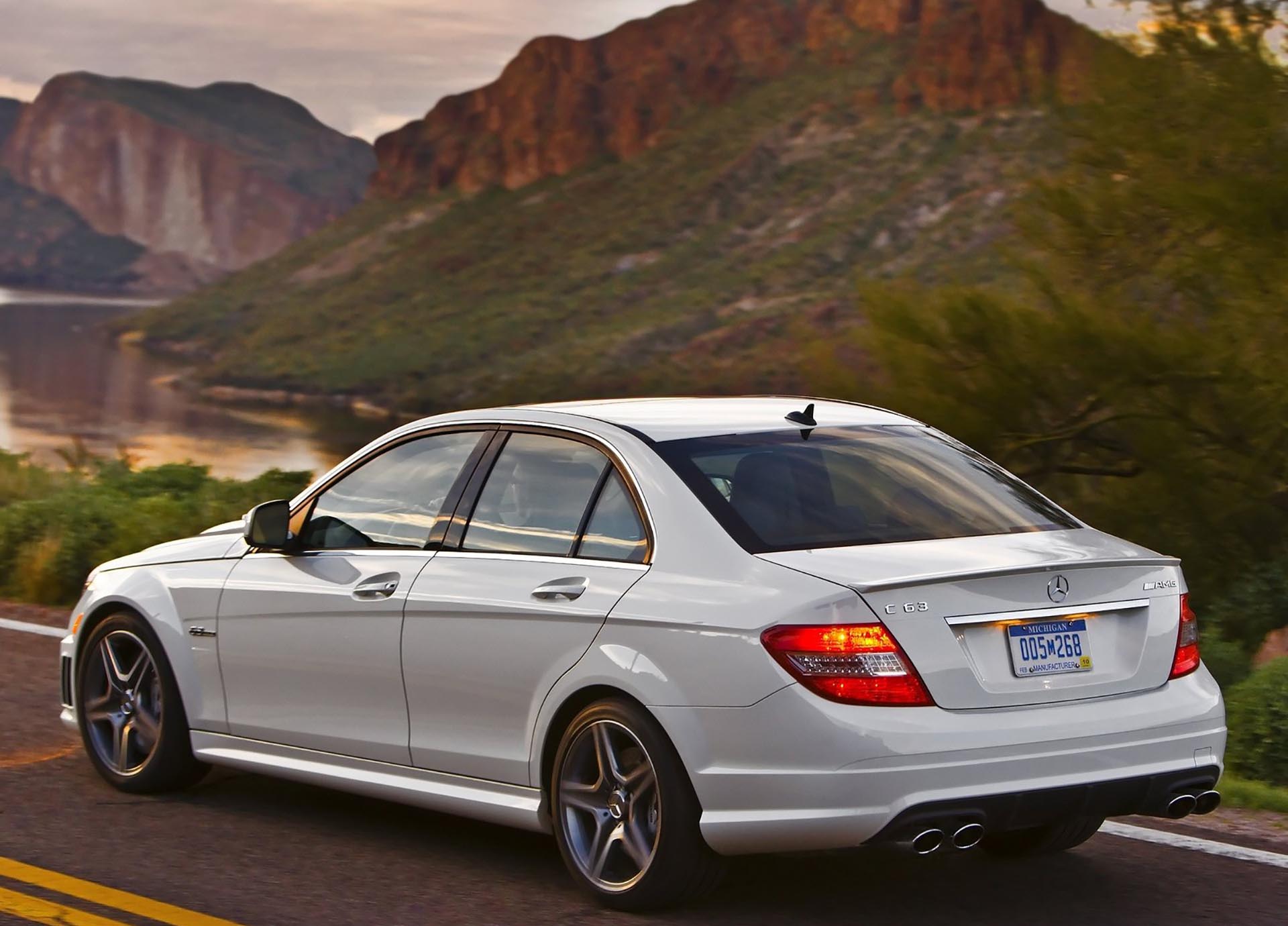
Lastly, the intake manifold on the M156 is constructed of a cast magnesium alloy and contains an adjustable length runner assembly, which houses the engine's twin throttle bodies. The center mounting plate that houses the throttle bodies deteriorate causing rough running, particularly at idle.
While Mercedes never issued a recall for the head bolts, they must have recognized they were a real issue and developed a redesigned factory head bolt that mitigated head gasket issues. Updated cam followers with an improved oil circuit help to prevent oil pressure bleed down when the car is off, reducing cold-start wear. At the same time, the intake manifold can be repaired in a very cost-effective manner thanks to the ingenuity of the aftermarket. All of which is fortunate, because the AMG-improved W204 chassis matched with the M156 engine is one seriously potent, and beautiful-sounding beast.
BMW 335i (E90/Anything N54-powered)
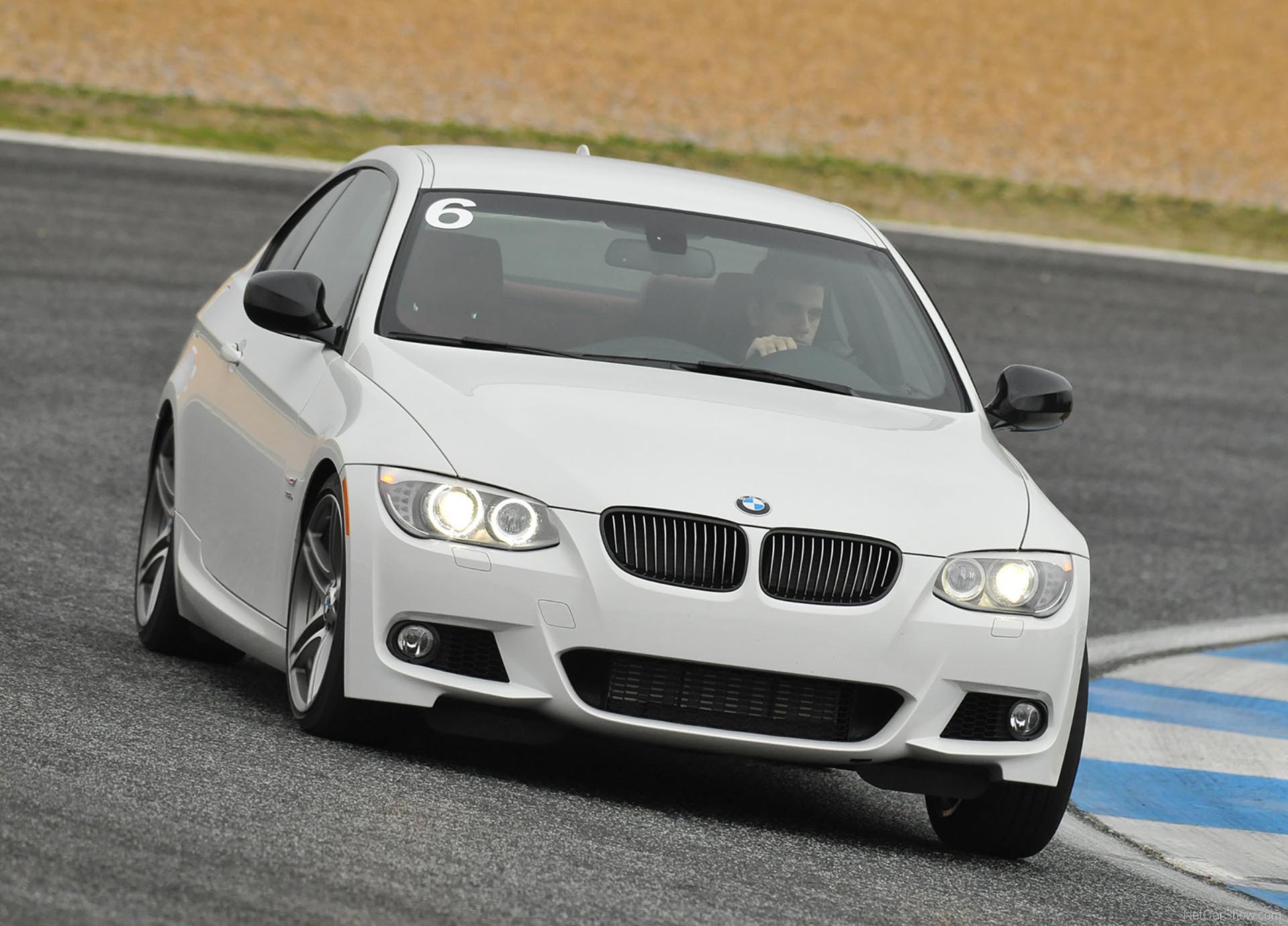
Let's face it, the N54 is one of the best, but most troubled, engines ever to be built. Introduced in 2006 as the first mass-produced turbocharged BMW engine, this twin-turbocharged 3.0L straight-six engine received heaps of praise and awards. With up to 335 horsepower and 332 lb-ft of torque on tap, nearly instantaneous response from the two small turbos, and piezo-electric direct injection handling the fuel delivery, the N54 is responsive, powerful, and efficient. It was so well received that it won International Engine of the Year for five years in a row. The N54 was used to power nearly every model from BMW over the years, including the 135i, 535i, 740i, X6, Z4, and others.
But, as any owner will tell you, the N54 is a fickle beast. Despite all of the positive praise and accolades, there are some common, sometimes significant problems that virtually all 335i and other N54-powered BMW owners will deal with sooner or later.
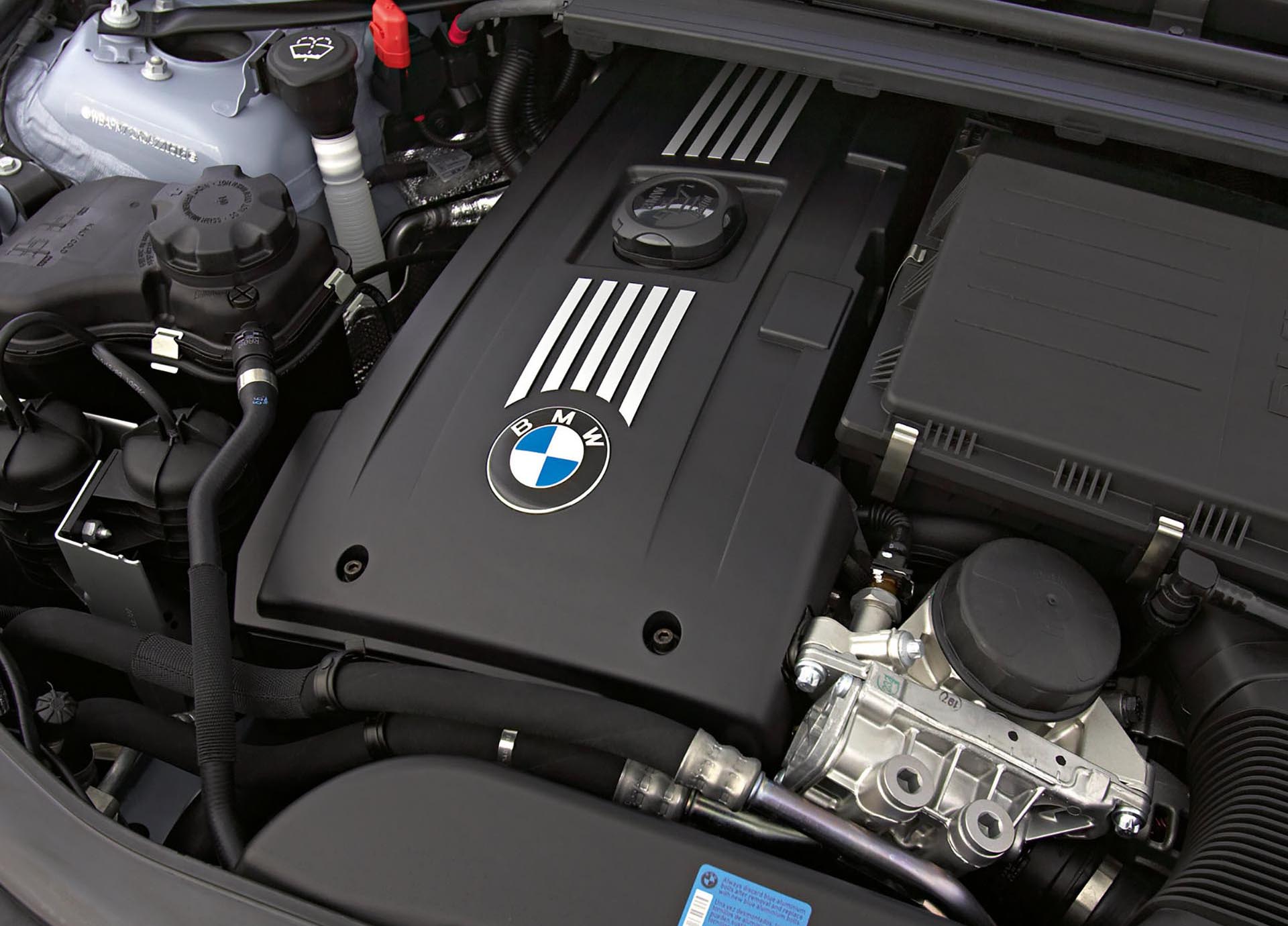
First, the high-pressure fuel pump is prone to failure—so much so that there was a recall and extended warranty issued in the United States. The piezo-electric fuel injectors are also failure-prone, while the wastegate bushings on the turbochargers develop play and will rattle and eventually cause driveability and performance issues. The electric water pump is another common replacement item, and it's a bit of a pain to do as well. Lastly, like most BMW straight-six engines, the oil filter housing gaskets are prone to leaking, which can result in total engine failure due to oil loss if left unchecked.
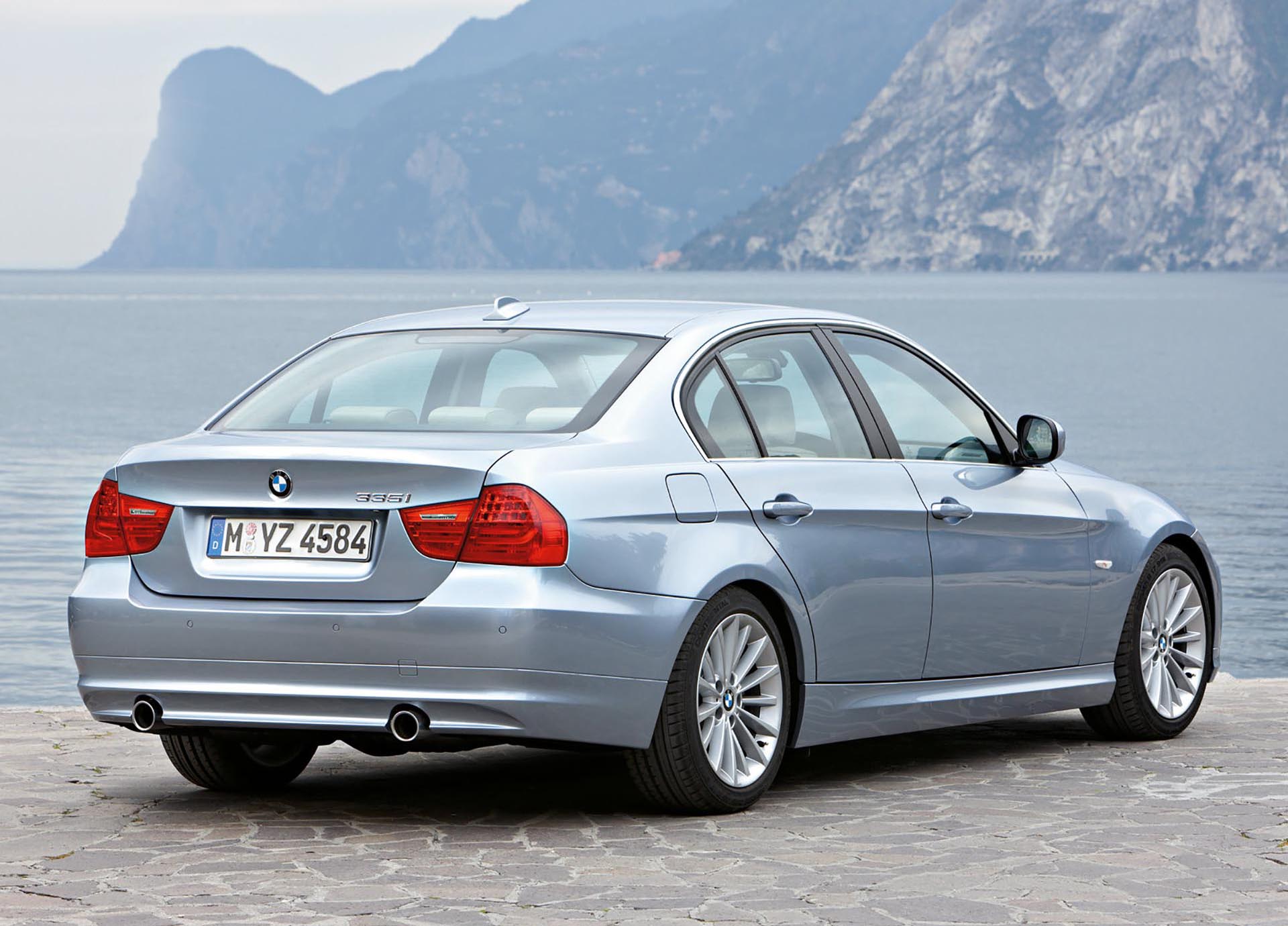
Despite all of these inherent problems, few engines outside of the Toyota 2JZ have as passionate and devoted a fanbase. The N54 is typically German, in that the engine itself is durable and overbuilt, making it very popular within the tuning industry. Otherwise, stock N54 engines with a turbo upgrade are easily reliable up to 600 horsepower, which is amazing to consider. Injectors have been redesigned and updated multiple times by BMW, and have improved in reliability, but are still not as durable as a solenoid type injector. That said, the very piezo-electric injectors that cause so much trouble are also able to flow a remarkable amount of fuel compared to a traditional solenoid injectors, which is one of the key reasons the N54 is so popular for those seeking big horsepower with minimal upgrades. Added to that, thanks to the sheer number of N54 engines in operation today, the 335i and others like it will long be a popular choice for BMW fans looking for power, refinement, and tuner-friendly engine and chassis.
At the end of the day, while not everyone may understand your love affair, be it mechanical or otherwise, that's okay. A complicated relationship will always take a little more time and effort, but it's also almost always worth the efforts for those dedicated enough to stick it out. After all, why settle for the Camry or Accord when you can have one of the great cars on this list?
Have you had a love affair with a car that just didn't treat you right? We want to hear about it in the comments below.

